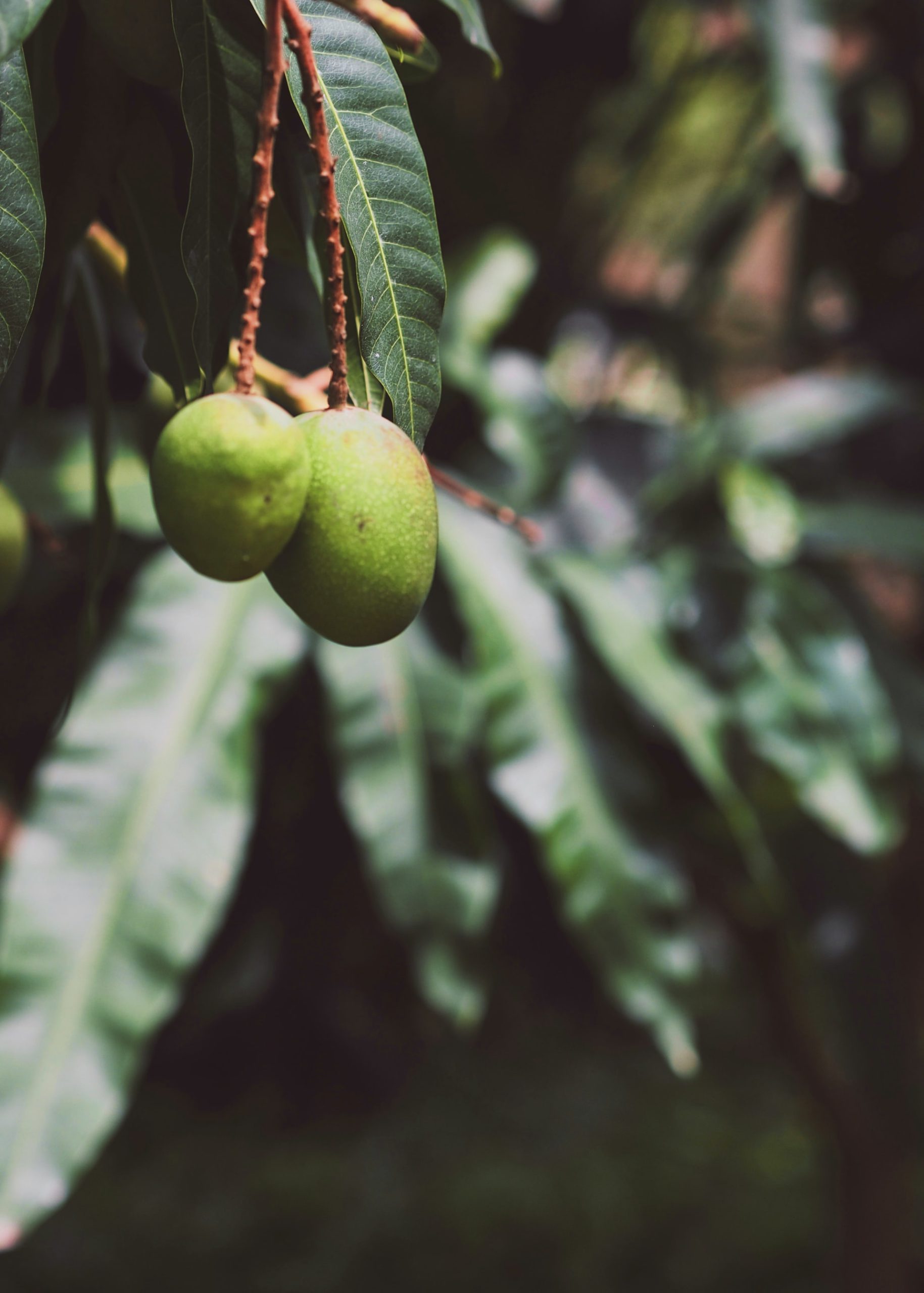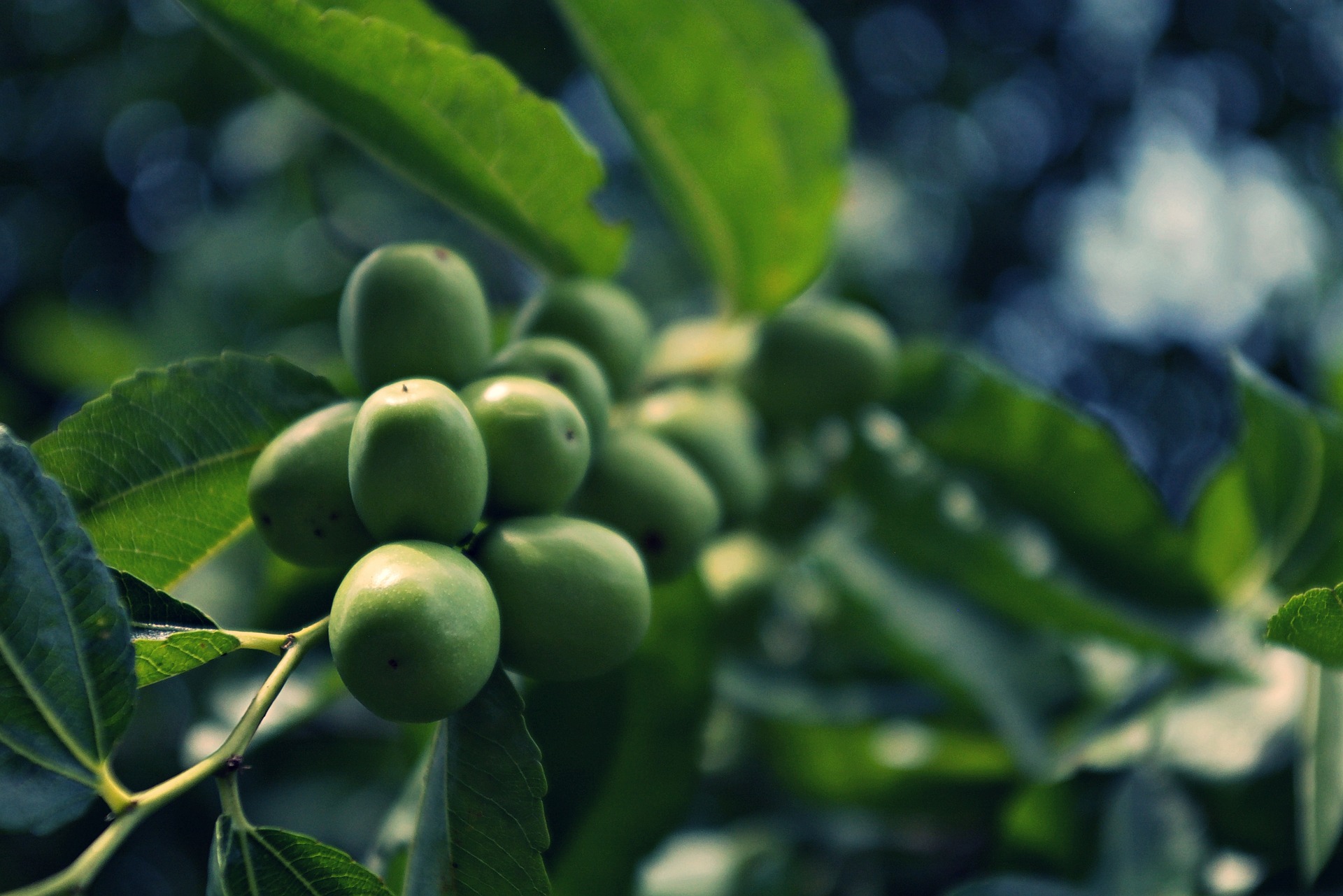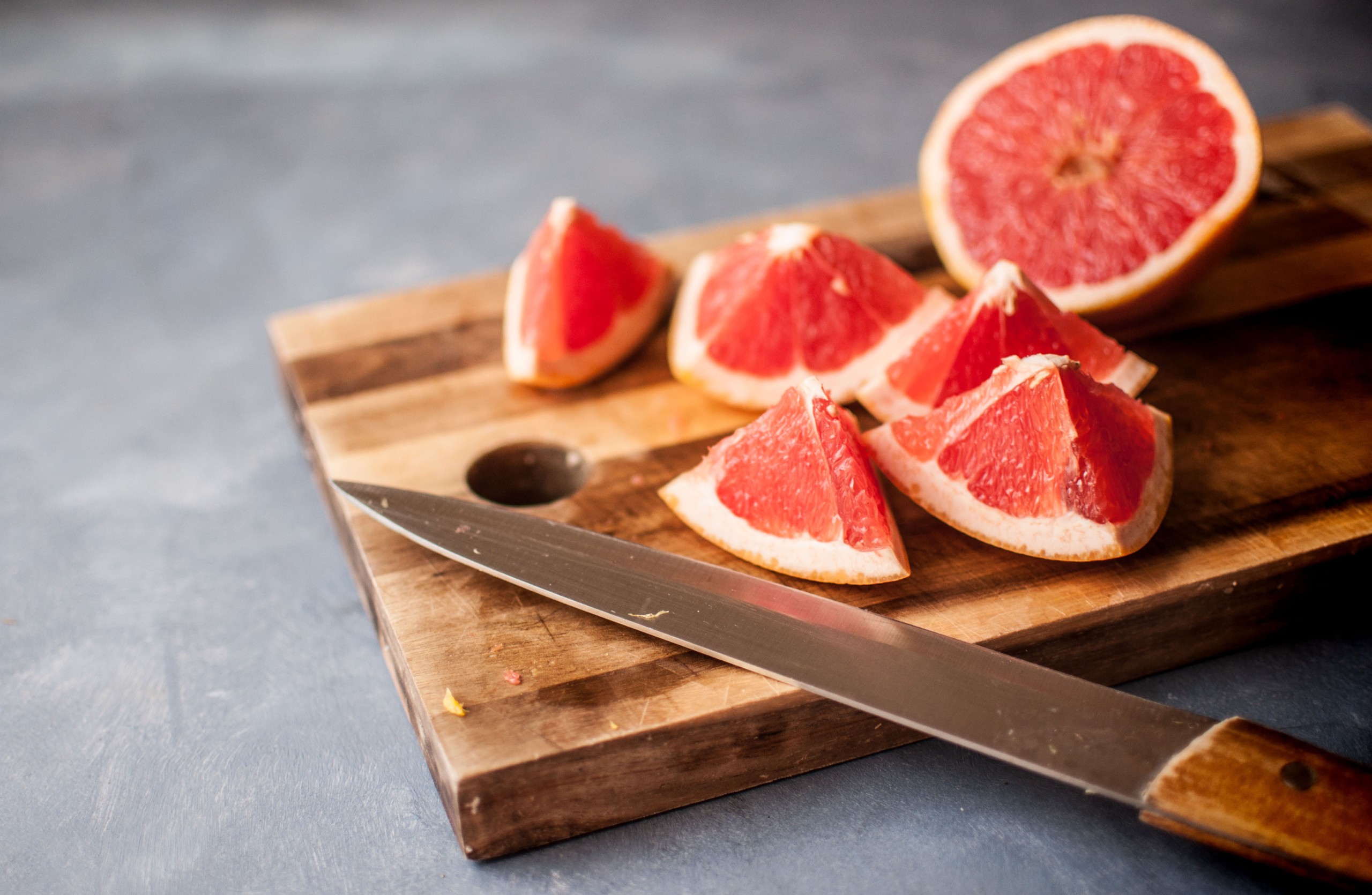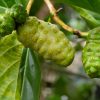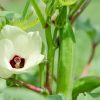Your cart is currently empty!

Thai Guava farming is Profitable. Here’s Why
Today most fruits in the market cost upward of Rs 50. The only fruit which is priced quite low is bananas which sell in the range of Rs 20. While the retail prices are high for consumers, the wholesale price or the price which the farmer gets is often very low. Even with low prices, if farmers had to make profit, they have to increase yield, Quality and all this in limited space.
Traditionally Guava was cultivated in various regions but the total number of trees per acre was not more than 100. The yield was limited and the quality was mediocre. Over the past few years, there have been a few varieties which were developed in India and some imported from abroad. The fruit size was larger, the quality of the fruit was improved and the yield itself was tremendously improved.
One of the few varieties which is currently cultivated in India by farmers is the Thai Guava. The thai guava, as the name suggests were imported from Taiwan. These guavas can grow up to 2 Kilos, though most traders prefer smaller sizes for sale. The guava is harvested when they are approximately 200-300 grams.
Why is Thai guava preferred by Farmers
- Total number of plants per acre is 600
- 2 seasons per year, Meaning 2 harvest.
- More Yield
- Yield from first year, but most farmers tend to skip the first year for plant growth
- Up to 20 KG from second year, 30 KG in third year and up to 40 KG from 4th year onwards
- Good quality fruits , Preferred for Export and local market
- Moderate maintenance and pest.
A traditional Guava plantation with large trees , albeit grafted will give you 200-350 KG fruit per tree and only once a year. That would amount to 2000 – 3500 Kilos of fruit per year. With Thai Guava, The second year yield is 20 KG per Tree which amounts to 12000 Kilos. Third year is 18000 Kilos and from the fourth year onwards you can get at least 24000 Kilos per acre.
The average price for Guava is 40 Rs per KG. even if you sell it for 20Rs Per KG you get 2 Lakh 40 thousand Rupees. With an expense of 1 Lakh per year for maintenance, fertilizers etc, you will still be left with 1 lakh 40 thousand rupees from the second year. From the third year, the expenses remain the same and the returns increase.
Farmers have earned 8 Lakh Rs per acre every year. 4 Acre of Thai guava cultivation has earned 32 Lakh for a farmer in Karnataka.(https://www.youtube.com/watch?v=jkqiRt2AIzI). Success stories range from all over india and why thai guava is one of the most preferred crop for cultivation.
Seasonal Crop.
Thai guava is cultivated twice a year. This is a good advantage for farmers as even if one crop fails or if the market price is low during one season, they have an opportunity to cover the cost the second season. Unlike mangoes and many other seasonal fruits, Farmers do not have to wait an entire year to get back their investment. This is a relief for most farmers who are cash crunched!
Investment
There is a a good amount of investment in Thai guava plantation. Labour takes over 60% of the investment. Other investments include Drip irrigation (approximately 50,000 Rs), Plant (120 Rs per plant), Fertilizers and pesticides, Soil testing costs, covers and foam to cover the Fruit when they are developing are the major costs involved in thai guava cultivation.
Expect to spend anywhere between 150,000 to 200,000 the first year for just the basic setup and an additional 50,000 Rs for purchase of plastic covers and foam to cover the fruits when its ready.
Pruning the plant is key to keeping your Thai guava plants yield better. Pruning is done when the stem is at least 2 feet long and the stem is cut leaving 3 leaves. Branches sprout out from the lower, remaining part of the stem adding more branches. By the 3rd year You should have a plant at least 3 meters tall and 3 meters canopy!.
Things to watch for before Planting Thai Guava
The soil conditions. Sandy Loam soil is preferred with no water retention. Clay soil should be avoided. If cultivating in Clay soil Add more organic matter and compost to loosen the soil before preparation.
Guava plants take a weather between 10 degree to 40 degree celsius without a problem. With colder weather, the fruits tend to be small, But the plants can handle itself well. The best weather condition is between 16 to 35 Degrees.
Guava is resistant to most pests and little pesticides are used during the cultivation. Spraying is done once or twice a year, when needed only.
Fertigation is done regularly. Refer https://discuss.farmnest.com/t/thaiwan-guava-boon-to-guava-farmers/3734 For fertigation schedule.
The highest cost involved in Cultivating Thai guava is for pruning the plants and during fruit setting. 2 Labourers are required full time for pruning per acre, and also to maintain the farm to be free from weeds. When fruiting begins, each fruit is covered with foam followed by a plastic cover and then a newspaper. This prevents pest attack, provides a uniform color on the fruit and suitable for export. The process of covering each fruit with foam, Plastic covers and papers take a reasonable amount of time and at least 300 Man days are required to complete the process per acre.
Thai Guava Cultivation: Understanding the Basics
Before diving into the details, let’s first understand what Thai Guava is and what makes it unique. Thai Guava, scientifically known as Psidium guajava, is a tropical fruit with origins in South America. It belongs to the Myrtaceae family and is well-adapted to the warm and humid climates found in various parts of India.
The Ideal Climate for Thai Guava Cultivation
Thai Guava thrives in regions with a warm and tropical climate. It requires temperatures ranging from 25°C to 30°C for optimal growth. The fruit can be grown at altitudes up to 1,500 meters above sea level, but it is crucial to avoid frost-prone areas as extreme cold can damage the plants.
Choosing the Right Soil
The success of Thai Guava cultivation heavily depends on the type of soil you use. The plant prefers well-draining soil with good fertility. Sandy loam soil with a pH level of 5.5 to 7.0 is considered ideal for its growth. Conduct a soil test before planting to determine if any necessary amendments are required.
Selecting the Variety
Thai Guava comes in several varieties, each with its unique flavor, size, and characteristics. Some popular Thai Guava varieties cultivated in India include Thai Maroon, Thai White, Thai Apple, and Thai Pink. Choose the variety that suits your climate and market demand.
Planting Thai Guava: Step-by-Step Guide
Now that we have covered the basics let’s move on to the step-by-step guide for planting Thai Guava.
Site Selection and Preparation
- Sunlight Exposure: Choose a site that receives full sunlight throughout the day, as Thai Guava requires at least 8 hours of direct sunlight.
- Protection from Winds: Ensure the planting site is sheltered from strong winds, as they can damage the tender young plants.
- Clear the Area: Clear the selected area of any weeds, rocks, or debris. This will provide a clean slate for planting.
Propagation Methods
Thai Guava can be propagated using various methods:
- Seeds: Collect fresh and viable seeds from ripe Thai Guava fruits. Clean and dry the seeds before planting.
- Stem Cuttings: Take healthy stem cuttings from mature plants and treat them with rooting hormone before planting.
- Air Layering: Encourage root growth on a healthy branch by covering it with a moist medium and allowing roots to develop.
Planting the Guava Saplings
- Digging Holes: Dig holes that are twice the size of the root ball to accommodate the saplings comfortably.
- Spacing: Maintain a distance of at least 8 to 10 feet between each sapling to allow ample space for their growth.
- Planting Depth: Plant the saplings at the same depth as they were in their containers.
Watering and Fertilization
- Watering: Initially, water the saplings regularly to help establish their root systems. Once established, water them every 4 to 6 days.
- Fertilization: Apply a balanced NPK fertilizer during the growing season to ensure healthy growth.
Mulching and Pruning
- Mulching: Apply a layer of organic mulch around the base of the plants to conserve moisture and suppress weed growth.
- Pruning: Prune the plants regularly to maintain shape and improve air circulation.
Thai Guava Plant Care: Best Practices
Caring for Thai Guava plants is crucial to ensure a bountiful harvest and healthy fruit production. Here are some best practices to follow:
Pest and Disease Management
- Common Pests: Keep an eye out for pests like fruit flies, mealybugs, and aphids. Use organic insecticides to control their population.
- Disease Control: Regularly inspect the plants for signs of diseases like anthracnose and powdery mildew. Apply fungicides if necessary.
Irrigation
- Watering Schedule: Thai Guava plants require regular and consistent watering. Avoid overwatering as it may lead to root rot.
- Drip Irrigation: Consider using drip irrigation to deliver water directly to the root zone, minimizing water wastage.
Providing Nutrients
- Fertilizer Application: Apply a balanced fertilizer with higher potassium content to promote fruit development.
- Organic Matter: Incorporate organic matter into the soil to improve nutrient retention and soil structure.
Harvesting and Post-Harvesting
Determining the Right Time to Harvest
- Fruit Size: Thai Guava fruits should reach their optimum size, which varies depending on the variety.
- Fruit Color: The color of the fruit changes from green to yellowish-green or pinkish when ripe.
Harvesting Process
- Harvesting Technique: Use sharp pruning shears to cut the fruit from the tree, leaving a short stem attached.
- Gentle Handling: Handle the fruits gently to prevent bruising or damage.
Post-Harvest Care
- Cleaning: Clean the harvested fruits with water to remove any dirt or debris.
- Storage: Store the fruits in a cool and well-ventilated area.
FAQs (Frequently Asked Questions) on Thai Guava Cultivation in India
Q: How long does it take for Thai Guava to bear fruit?
A: Thai Guava plants typically start bearing fruit within 1 to 2 years after planting. However, the time may vary depending on factors such as the variety, growing conditions, and care provided.
Q: Can I grow Thai Guava in a container?
A: Yes, you can grow Thai Guava in large containers. Make sure the container has proper drainage holes and use a well-draining potting mix. Regularly water and fertilize the plant to ensure healthy growth.
Q: Is Thai Guava high in Vitamin C?
A: Yes, Thai Guava is rich in Vitamin C, making it an excellent addition to a healthy diet. It also contains other essential nutrients like fiber, potassium, and antioxidants, making it a nutritious fruit.
Q: What is the best time to plant Thai Guava?
A: The best time to plant Thai Guava is during the early monsoon season or at the onset of the summer season. During these periods, the plants can establish themselves well and grow vigorously.
Q: Can Thai Guava tolerate cold temperatures?
A: No, Thai Guava is sensitive to cold temperatures and can be damaged by frost. It thrives in warm and tropical climates with temperatures ranging from 25°C to 30°C.
Q: Do Thai Guava plants require pruning?
A: Yes, regular pruning is essential to maintain the shape and health of Thai Guava plants. Pruning helps in removing dead or diseased branches, improving air circulation, and promoting better fruit production.
Recent Categories
Recent Posts
Post Archive
Category Tags
There’s no content to show here yet.
